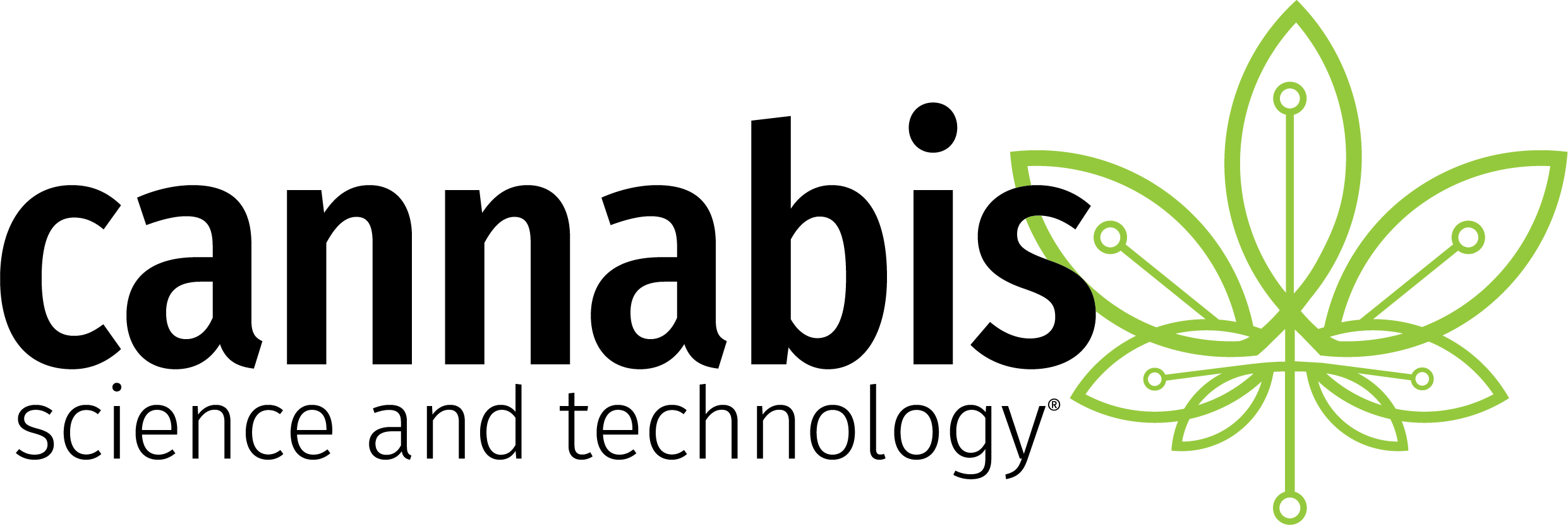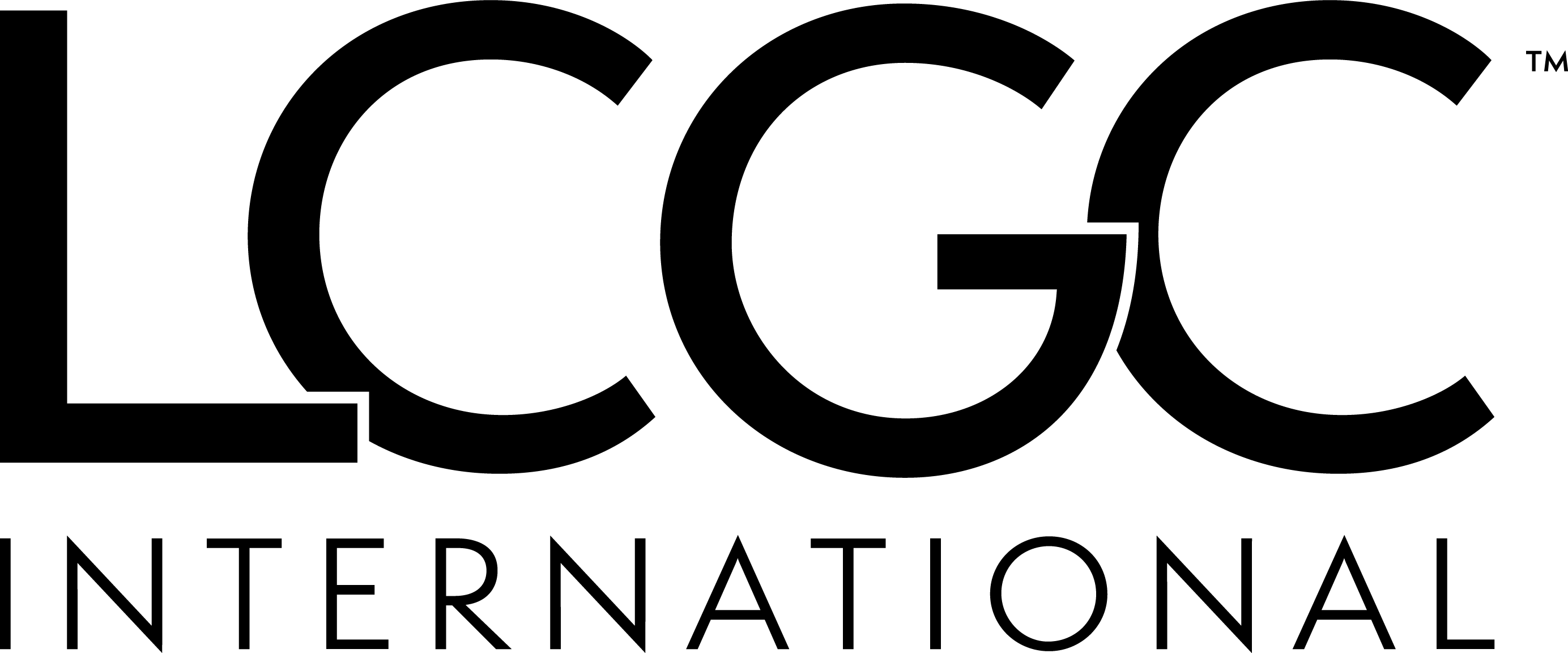
Nearly All Later Entrants to Drug Classes Were in Clinical Testing or Regulatory Review Before First-in-Class Approval
Tufts CSDD says drug companies are in competitive development races to be first to market
BOSTON - Nov. 3, 2015 - Nearly all later entrants to drug classes had begun clinical testing or were in regulatory review in the United States before the first drug within a pharmacologic class was approved, a newly completed analysis from the Tufts Center for the Study of Drug Development suggests.
For the 2005 - 2011 period, 90% of all later-in-class drugs had at least initiated Phase I clinical testing anywhere in the world or had filed an investigational new drug application with the U.S. Food and Drug Administration (FDA) before FDA approval for the first-in-class drug, according to Tufts CSDD.
"The bottom line is that development of drugs in pharmacologic classes is best characterized as a highly risky competitive race among manufacturers that occurs before regulatory success for any drug in the class has been established," said Joseph A. DiMasi, research associate professor and director of economic analysis at Tufts CSDD.
He noted that development of the first-in-class drug often started later than competitive drugs in the same class.
Marketing exclusivity periods for pharmacologic classes have been shortening during the last two decades. According to Tufts CSDD, half of all competitive products within a pharmacologic class, for classes where the first compound was approved in the 1998-2011 period, launched within 2.7 years after the first-in-class approval. That timeframe shrank to 2.3 years in the 2005-2011 period.
Key findings from the studies, reported in the November/December Tufts CSDD Impact Report, released today, included the following:
83% of all later-in-class drugs had at least initiated Phase II clinical testing abroad or in the U.S. prior to U.S. marketing approval for the first-in-class drug.
All later-in-class drugs had a patent filed somewhere in the world before the first-in-class drug was approved in the United States; 96% had a U.S. patent filed before first-in-class approval.
More than half of all later-in-class drugs received a 'priority rating' from the FDA.
The analysis looked at 40 pharmacologic classes and included drugs and biologics.
Newsletter
Stay current in clinical research with Applied Clinical Trials, providing expert insights, regulatory updates, and practical strategies for successful clinical trial design and execution.





.png)



.png)



.png)
.png)
